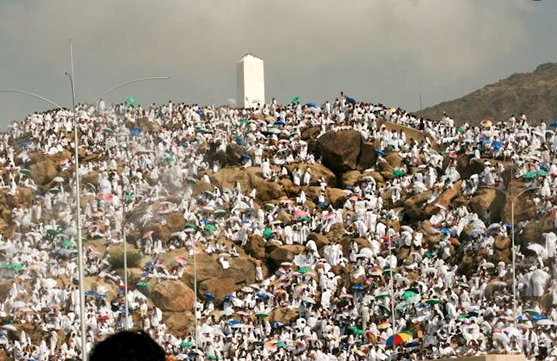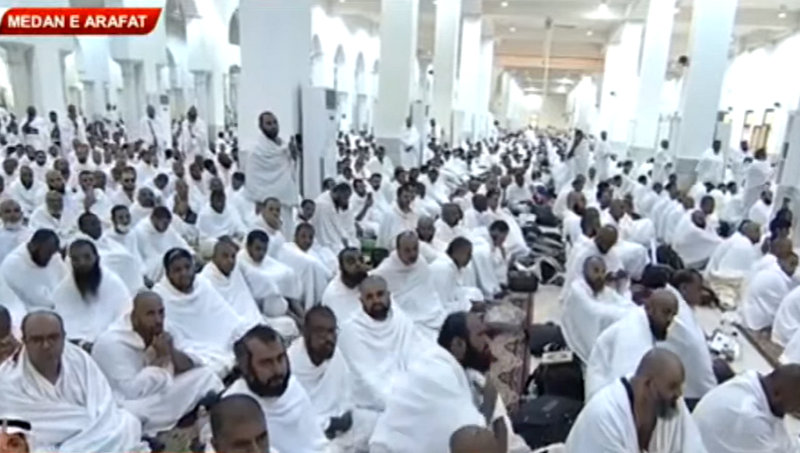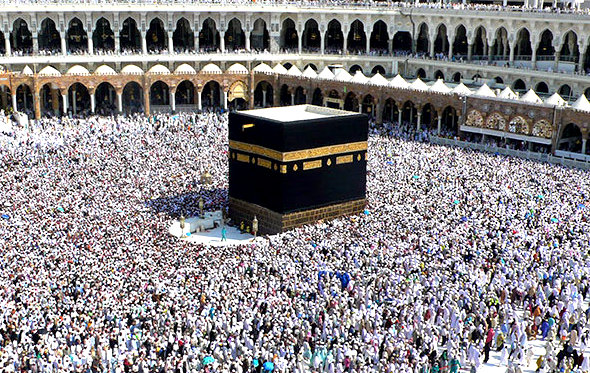By Ali G. Macabalang

Eid al-Adha or the “Feast of Sacrifice” is celebrated today, July 9, 2022 (10th of the lunar month of Dhul-Hijja) by Muslims estimated at 1.7 billion across the globe to reckon the willingness of the Prophet Ibrahim (or Abraham in Christianity and Judaism) to sacrifice his son Ishmael in a disguised Divine command to test his obedience to Allah, subhannahu wa taala (SWT).
It is considered one of two holiest Islamic feasts, the other being Eid al-Fitr or “Feast of Breaking Fast” in the whole month of Ramadan, it is one of two major Muslim holidays celebrated across the globe each year.


Celebrations usually last for three to four days, covering dawn congregational dawn prayers, food partaking, trades of greetings and forgiving.
The feast jives with the gathering of Muslim pilgrims around Mt. Arafat in Saudi Arabia to perform the last leg of five-day rituals required in the annual hajj in the holy lands of the kingdom. Hajj performance is one of the five pillars of Islam, mandated for qualified Muslims to fulfill at least once in lifetime.
The Story of Eid al-Adha
The story of Eid Al-Adha as an important celebration for Muslims worldwide evolved from the time Prophet Ibrahim began having recurring dreams of him slaughtering his then 13-year-old son, Ishmael. He took the dreams as a sign that Almighty Allah was asking him to prove his faith by displaying his willingness to sacrifice even the most valuable thing to him i.e. his son’s life.
Prophet Ibrahim shared his dreams with his son, who was born after extensive prayers to God on the part of Ibrahim (who had been unable to have children until he was quite old). The 13-year-old Ishmael expressed willingness to be sacrificed to prove faith in Allah, seeing it as an honor of the highest order. His father took him to the top of Mt. Arafat in Makkah, Saudi Arabia to obey the Divine command.
When the father was about to slit the neck of his son, Archangel Jibril (Gabriel) appeared to tell him that he passed Allah’s test. The archangel placed a ram or sheep from heaven for Ibrahim to sacrifice in place of his son.
Islamic narratives say Shaytan or Satan attempted to confuse Ibrahim and tempt him to not go through with the dream-based venture, but Ibrahim drove the devil away. The devil also disguised as a bird to position in three prominent places, and tried but failed to sway Ishmael. The three places are now known as jamarats, which are stoned with pebbles by pilgrims (hajj goiers).
Element of Eid al-Adha
Because Prophet Ibrahim sacrificed a ram instead of his son, Eid al-Adha is traditionally feted on its first day, by those with means to do so, with the symbolic sacrifice of a lamb, goat, cow, camel or other halal animals. The meat proceeds are divided into three and shared equally among family, friends and the needy.
Muslim worshippers typically perform a communal prayer, or ṣalāt, at dawn on the first day of the festival, attend Mosque, donate to charities and visit with family and friends, also exchanging gifts.
Eid al-Adha is celebrated on the final day of the annual Hajj pilgrimage to Mecca, the holiest city in Islam, in western Saudi Arabia. All Muslims able to do so are asked to make the five-day Hajj journey at least once in their lifetime, and two million do so each year.
At Makkah (Mecca), worshippers visit the Ka’bah shrine, Islam’s most important monument, in the Grand Mosque. Also known as the “Black Stone,” the Ka’bah is believed to have been built by Ibrahim and Ismail with the help of angels. Pilgrims also visit the Jamarat Bridge, where Ibrahim was believed to have thrown stones at the devil while trying to prevent him from obeying the Divine command. (AGM)